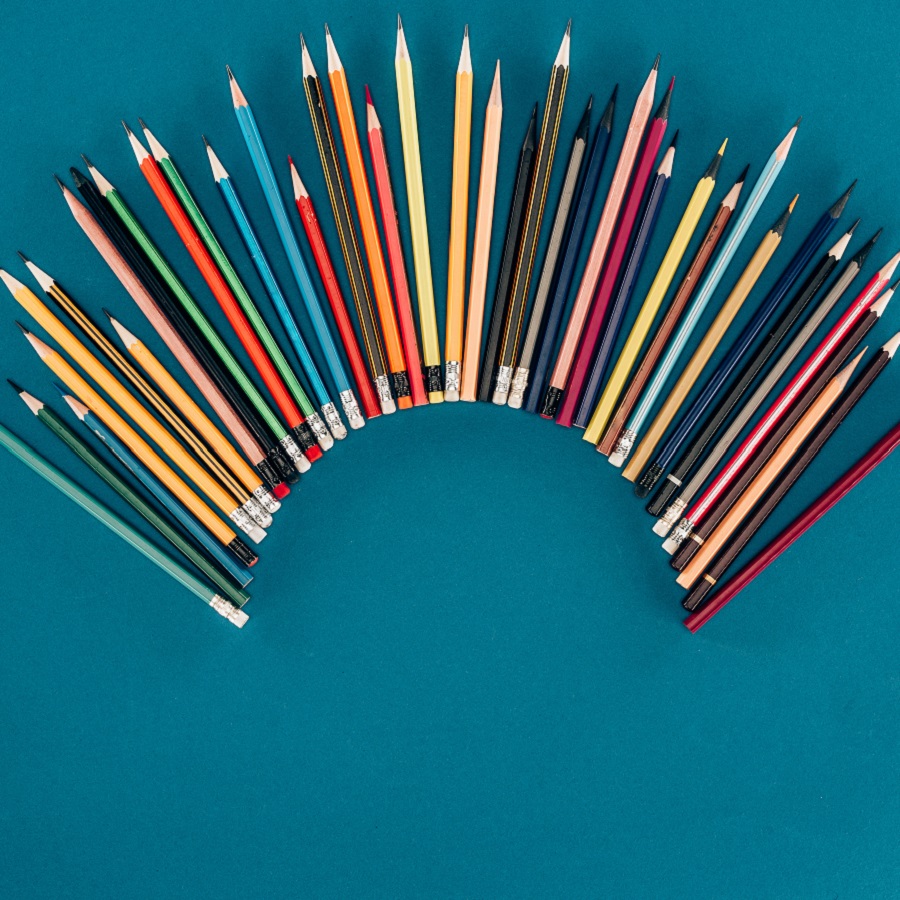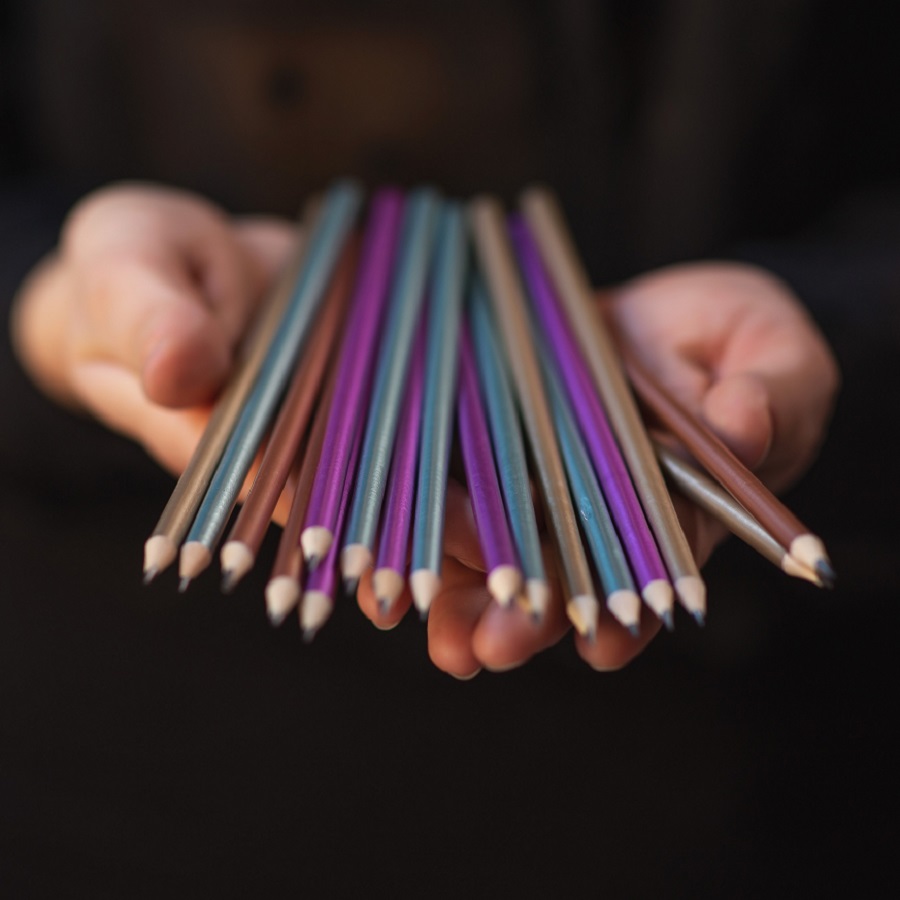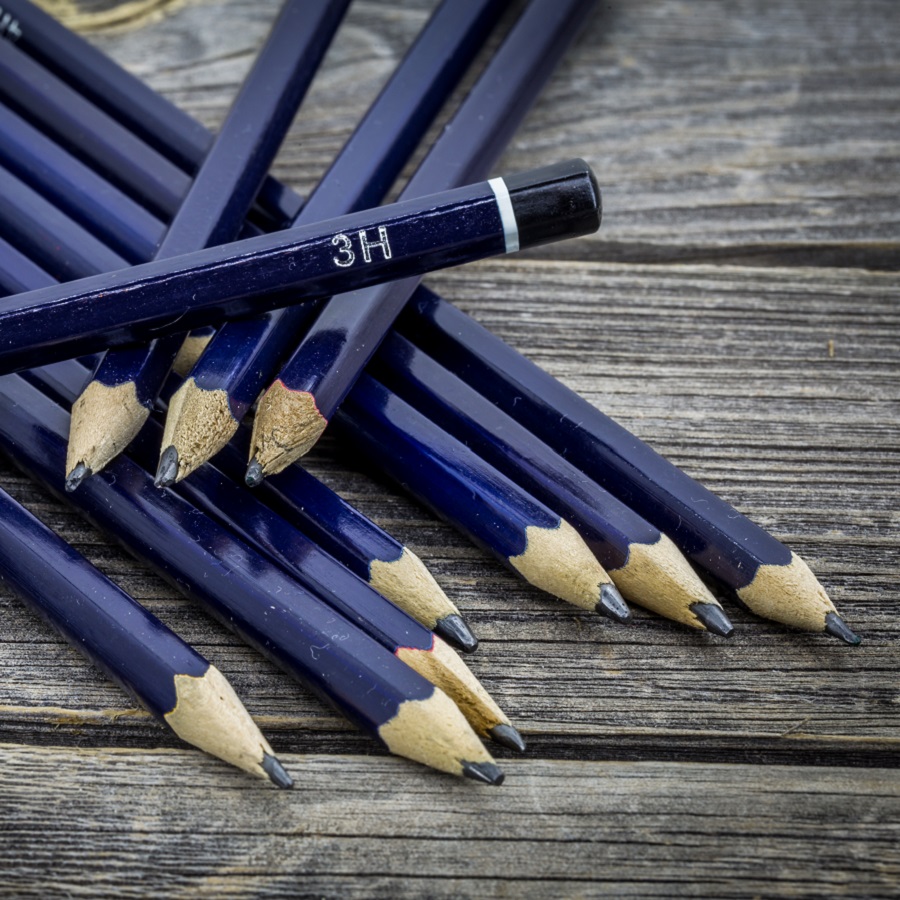Coloring pencils are a versatile and essential tool for artists, students, and hobbyists alike. Whether you are a professional artist looking to create stunning pieces or a parent seeking the best supplies for your child, understanding the different types of coloring pencils and their components is crucial. This guide will help you navigate through the world of coloring pencils, ensuring you make an informed choice.
Different Types of Coloring Pencils
Coloring pencils come in various types, each offering unique features suited for different purposes. The three main types are wax-based, water-soluble, and oil-based pencils.

Wax-Based Pencils
Wax-based pencils are known for their vibrant and rich colors. They contain a significant amount of wax, which helps in creating a smooth and creamy texture. These pencils are ideal for layering and blending, allowing artists to achieve intricate details and depth in their artwork. However, wax-based pencils are not suitable for heavy layering as they can create a waxy buildup that might be difficult to erase.
Water-Soluble Pencils

Water-soluble pencils, also known as watercolor pencils, can be used dry like regular pencils or wet to achieve watercolor effects. When water is applied, the pigments dissolve, creating a smooth and fluid color wash. These pencils offer versatility for artists who enjoy working with both dry and wet techniques. They are perfect for creating soft gradients and are often used for sketching and adding delicate details to architectural drawings.
Oil-Based Pencils
Oil-based pencils have a unique texture and offer vibrant colors similar to wax-based pencils but with a heavier and more substantial feel. They are less prone to wax bloom and can handle multiple layers without smudging. These pencils are ideal for detailed artwork and are favored by professional artists who require precision and durability in their work. One drawback is that oil-based pencils are not as easily erasable, so careful planning is necessary.
To explore a wide range of high-quality coloring pencils, visit
Durzerd
for an extensive selection suitable for all your artistic needs.

The Importance of Color and Quality
The quality and color of coloring pencils significantly impact the final artwork. High-quality pencils are characterized by their pigment richness, lightfastness, and durability.
Pigment Quality
The pigments used in coloring pencils are crucial for achieving the desired color intensity and vibrancy. Natural pigments, derived from minerals such as ochre and charcoal, offer earthy tones and are often used in traditional art. Artificial pigments, synthesized through chemical processes, provide a broader range of vibrant and consistent colors. The combination of these pigments allows for a diverse palette suitable for various artistic endeavors.
Binders and Fillers
Binders such as resins and waxes hold the pigments together, giving the pencil its structure and texture. Fillers like talc and kaolin are used to add volume and adjust the hardness of the pencil core. These components influence the smoothness, blendability, and overall performance of the pencils. High-quality binders and minimal fillers result in pencils that are easier to work with and produce more consistent results.
For those looking to purchase small quantities of customized coloring pencils,
CPencils
offers an excellent selection tailored to your needs.
Caring for Your Coloring Pencils
Proper care and storage of coloring pencils can extend their lifespan and maintain their performance.
Storage Tips
Store your coloring pencils in a cool, dry place away from direct sunlight to prevent the pigments from fading. Using a pencil case or a dedicated storage box can protect them from damage and keep them organized.
Sharpening and Maintenance
Use a high-quality sharpener to avoid breaking the pencil cores. If the pencil tip breaks frequently, it could be due to a poor-quality sharpener or excessive force. Gently rotating the pencil while sharpening can help achieve a fine point without damaging the core.
For more tips on maintaining your coloring pencils, visit this guide.
Creative Applications of Coloring Pencils
Coloring pencils are not limited to traditional drawings; they offer various creative applications for artists of all levels.
Blending Techniques
Blending is a popular technique that involves layering different colors to create smooth transitions and gradients. Using blending tools such as blending stumps or even a piece of tissue can help achieve a polished look.
Mixed Media Projects
Combining coloring pencils with other mediums such as watercolors, markers, or ink can add depth and texture to your artwork. Experimenting with mixed media allows artists to explore new styles and push the boundaries of creativity.
For inspiration and tutorials on using coloring pencils in mixed media projects, check out this
resource
.
By understanding the different types of coloring pencils, their components, and proper care techniques, you can make an informed decision and fully utilize their potential in your artistic journey. Whether you are enhancing your professional skills or nurturing your child’s creative talent, the right set of coloring pencils can make a significant difference.



